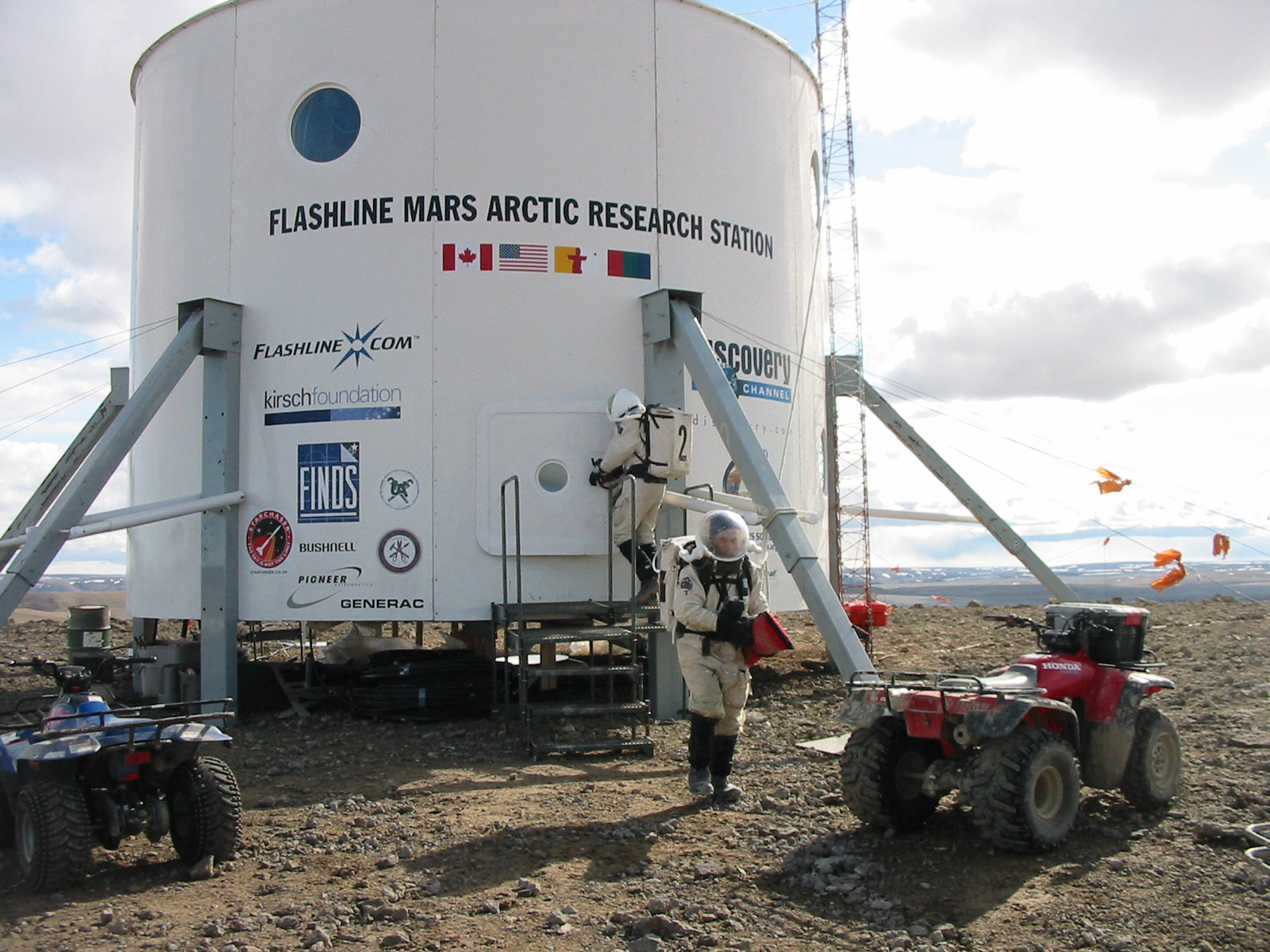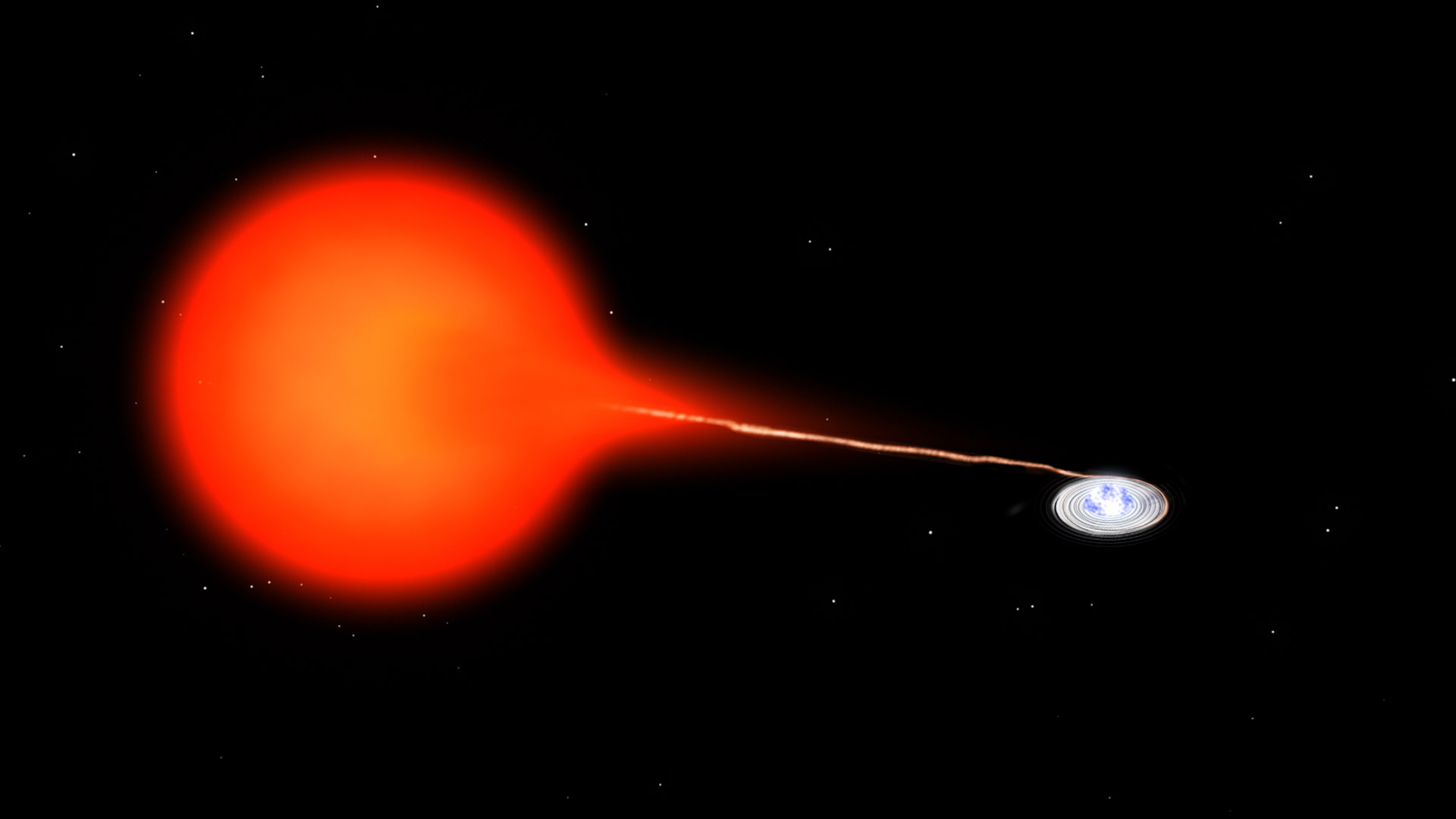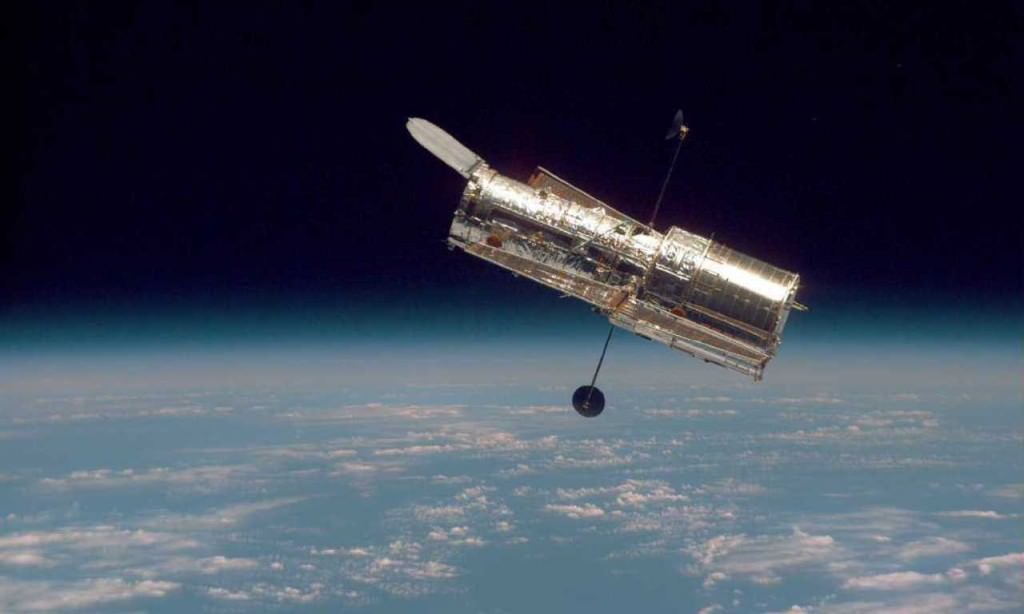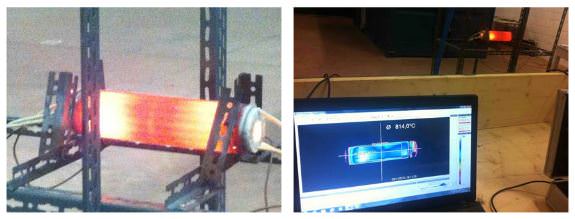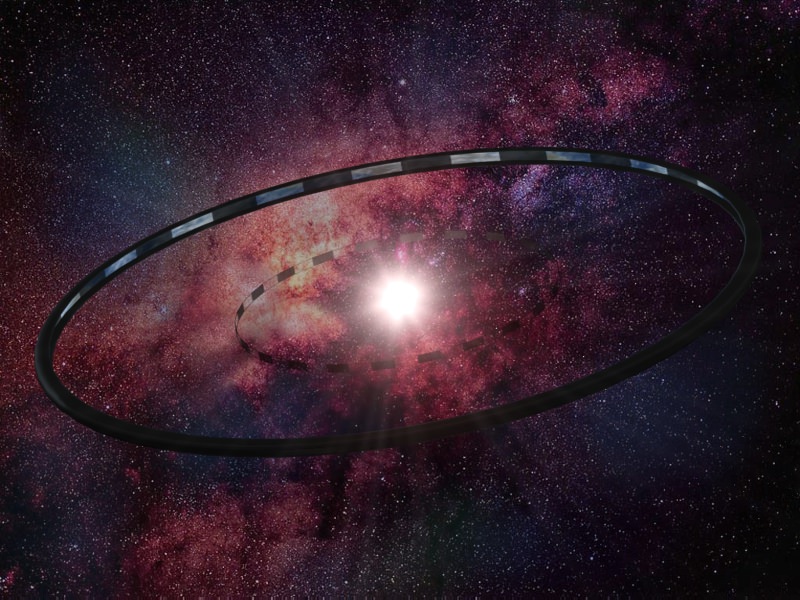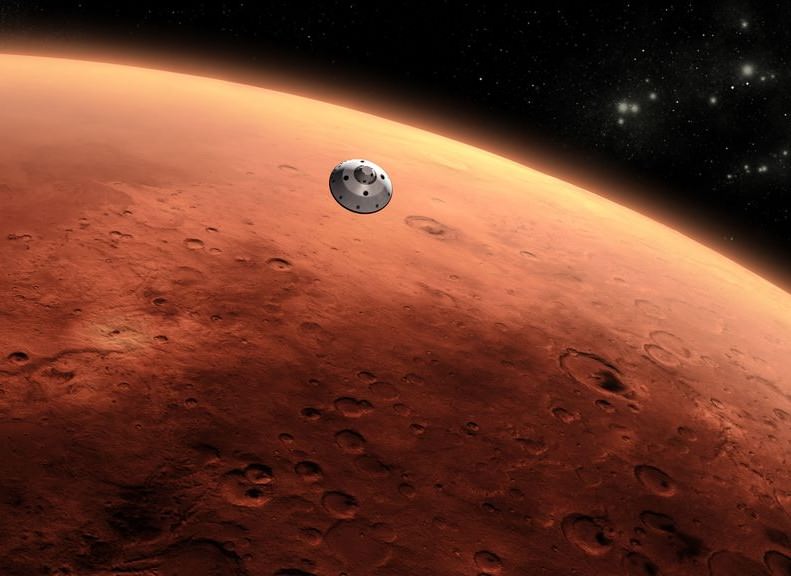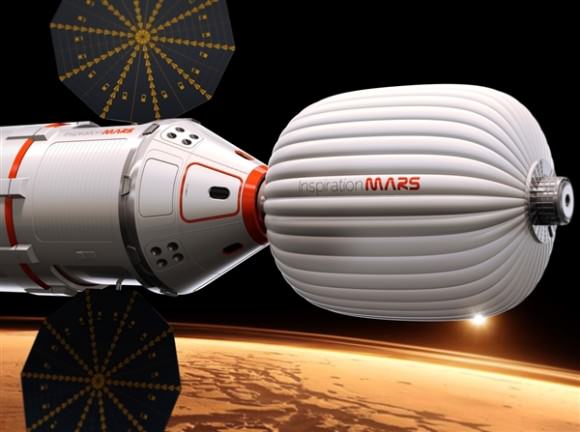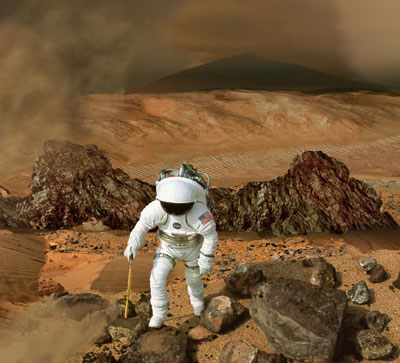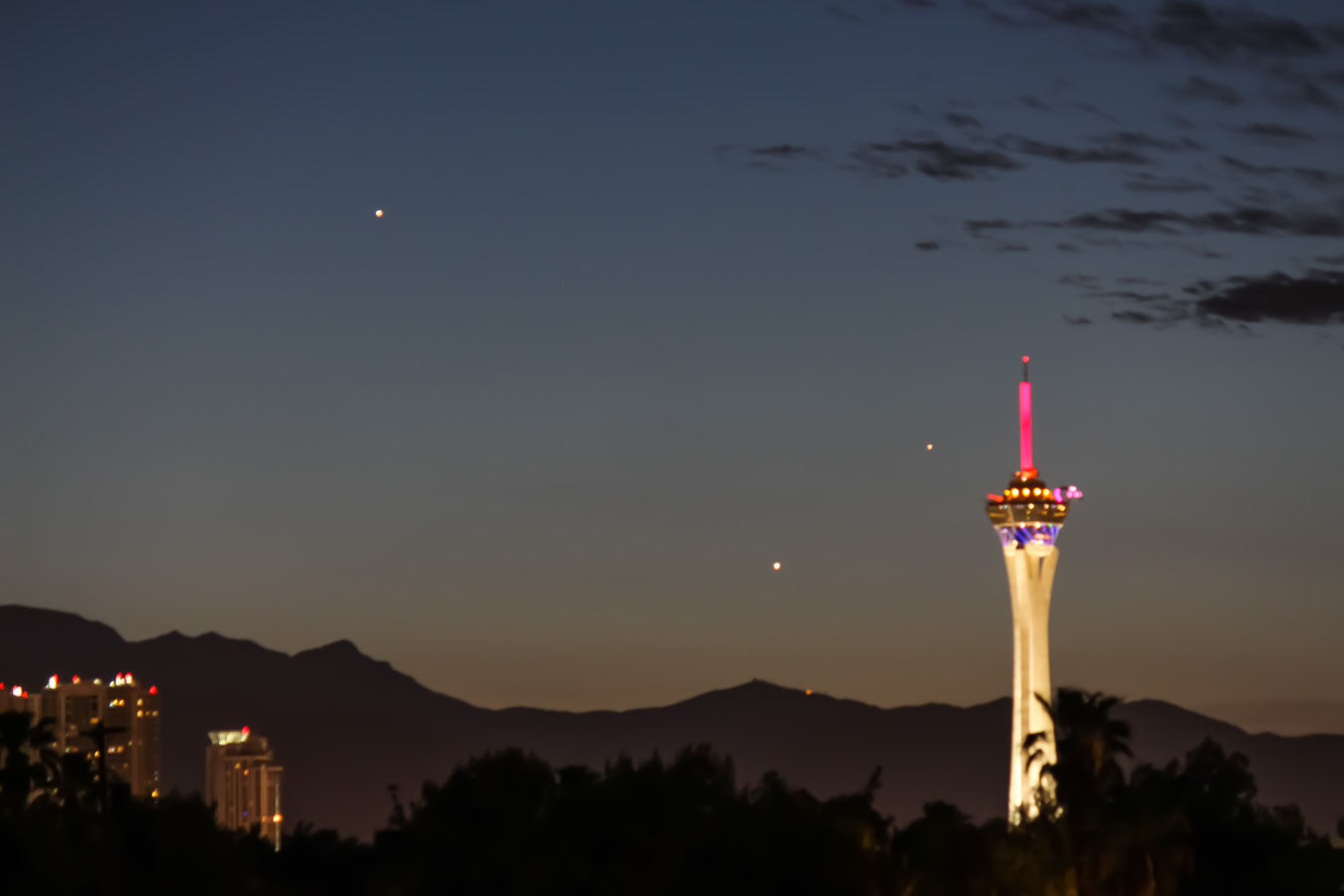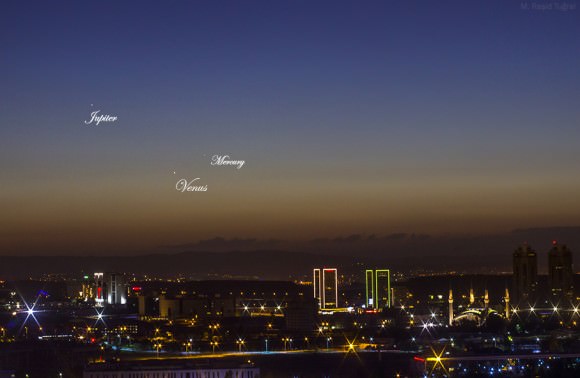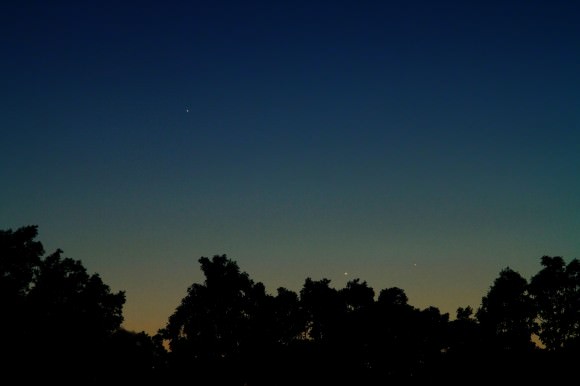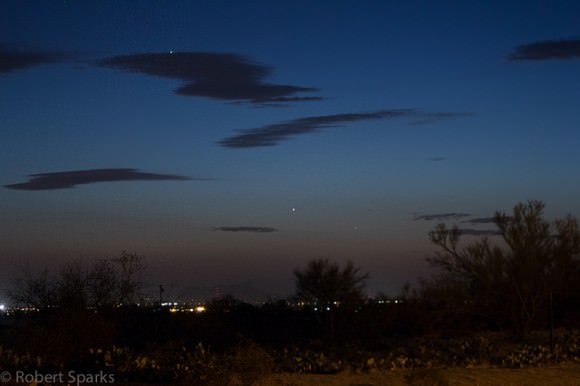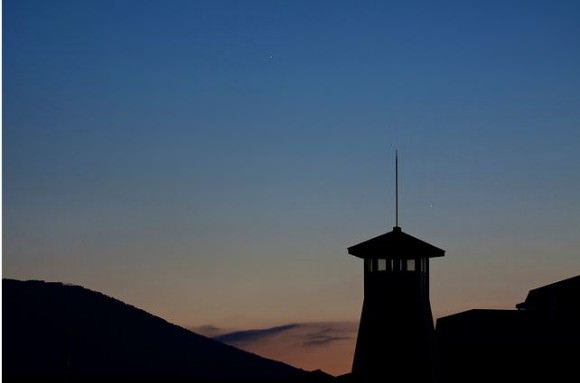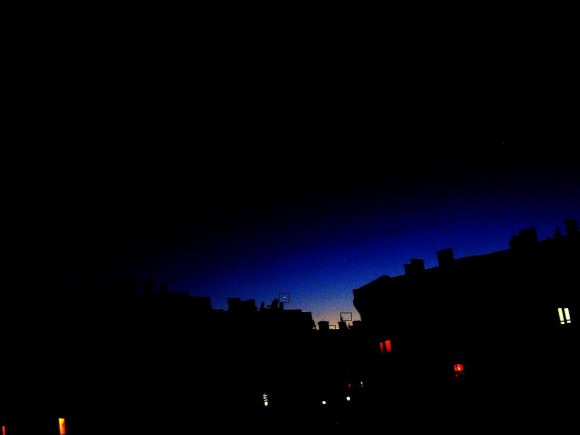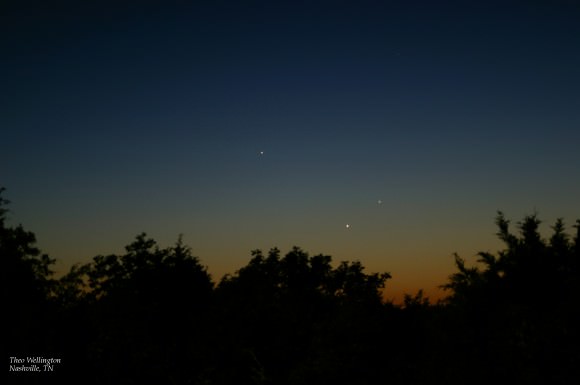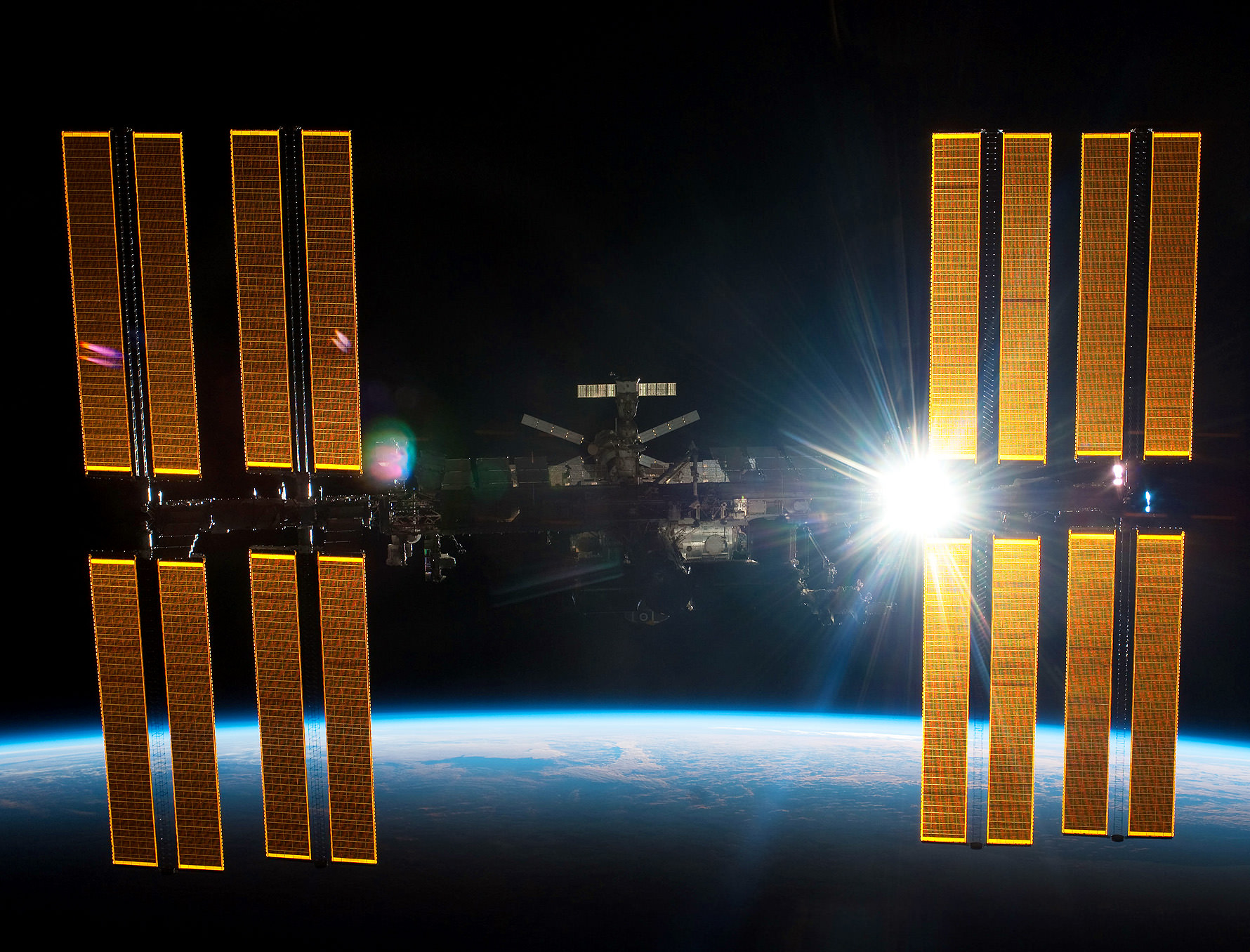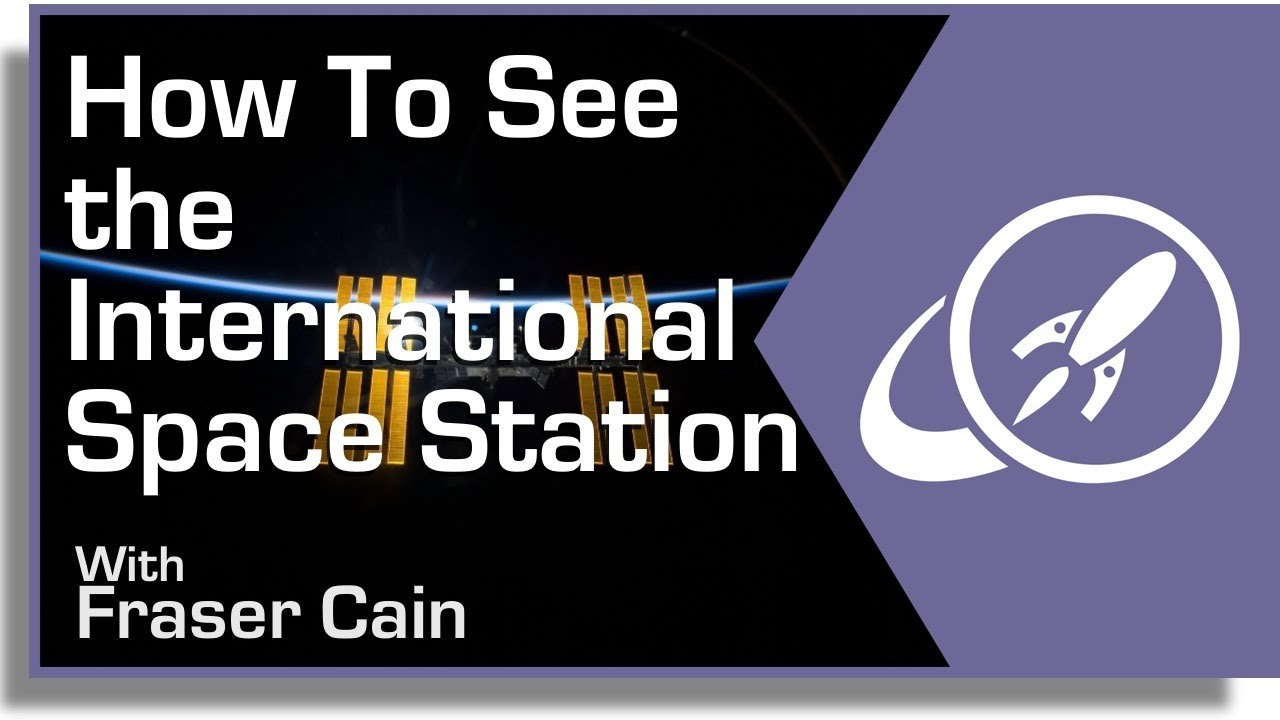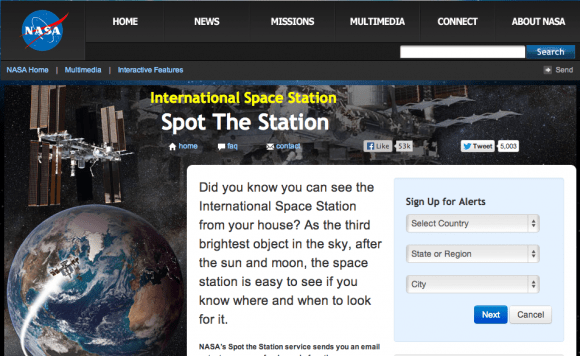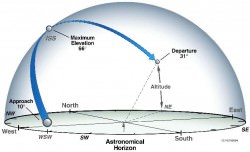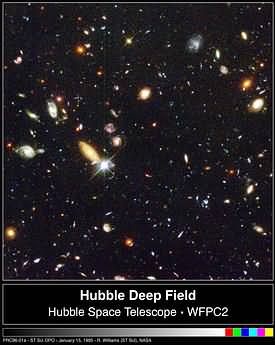The Arctic’s a lot like Mars, according to the Mars Society. It’s cold, it’s isolated, and it’s kind of dangerous. And, the society says, it’s ready to bring humans to the Arctic for a year to make a mission there even more Mars-realistic.
The proposed Mars Arctic 365 (MA365) mission on Canada’s Devon Island would take place at Flashline Mars Arctic Research Station, where missions have been sent since 2001 for periods of a few months each. This mission would encompass all seasons, though, including the bitter winter.
In a press release, Mars Society president Robert Zubrin drew comparisons of his latest venture with the Mars500 mission that saw a group of people put into a simulated Mars spacecraft in Moscow. But, he added, the Mars Society will go “much further” as the work will include field exploration similar to what Mars astronauts would do: geology, climate and microbiology. Also, the Arctic — like Mars — is a “cold and dangerous remote environment.”

“It is only under these conditions,” Zubrin added, “where the crew is trying hard to get real scientific work done, while dealing with bulky equipment, cold, danger, discomfort, as well as isolation, that the real stresses of a human Mars mission can be encountered, and the methods for dealing with them mastered.”
The mission isn’t finalized yet, but fundraising is under way.
The society is asking for $50,000 from supporters in the next 24 days before starting the first phase (basically retrofitting the station and adding equipment) in July. Phase 2, the mission itself, would happen in 2014. Total costs for both phases are estimated at $1.13 million.
More information on MA365 — perhaps with information on crew selection — should come in August, when members of the Phase 1 crew issue a report at the 16th Annual International Mars Society Convention.
Source: The Mars Society, with a hat-tip to aerospace analyst Jeff Foust. Foust live-tweeted a talk today by Zubrin — who included mention of the effort — at the International Space Development Conference in Washington, D.C.

